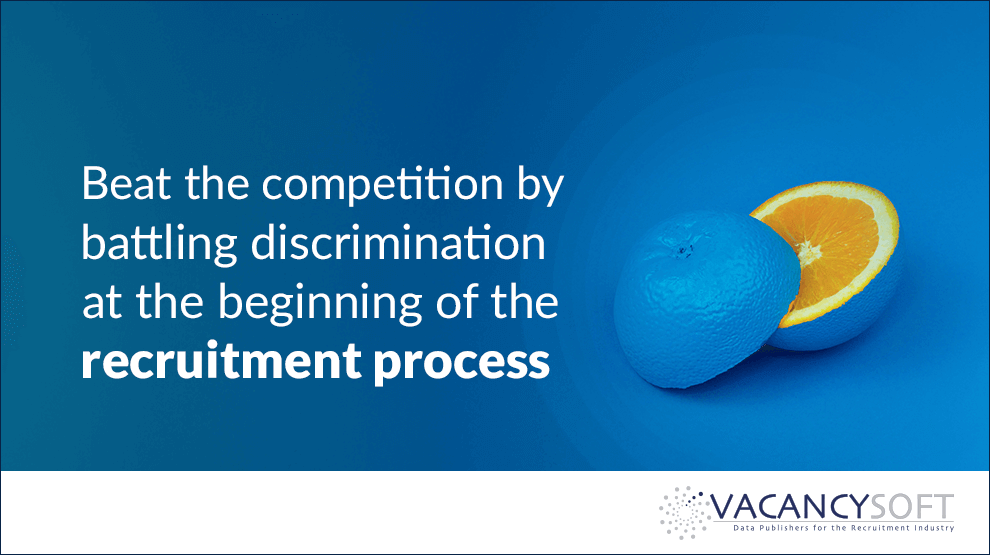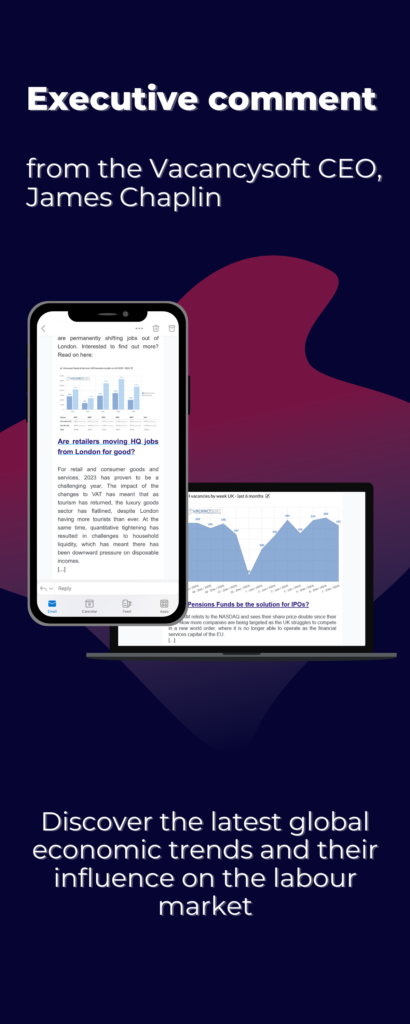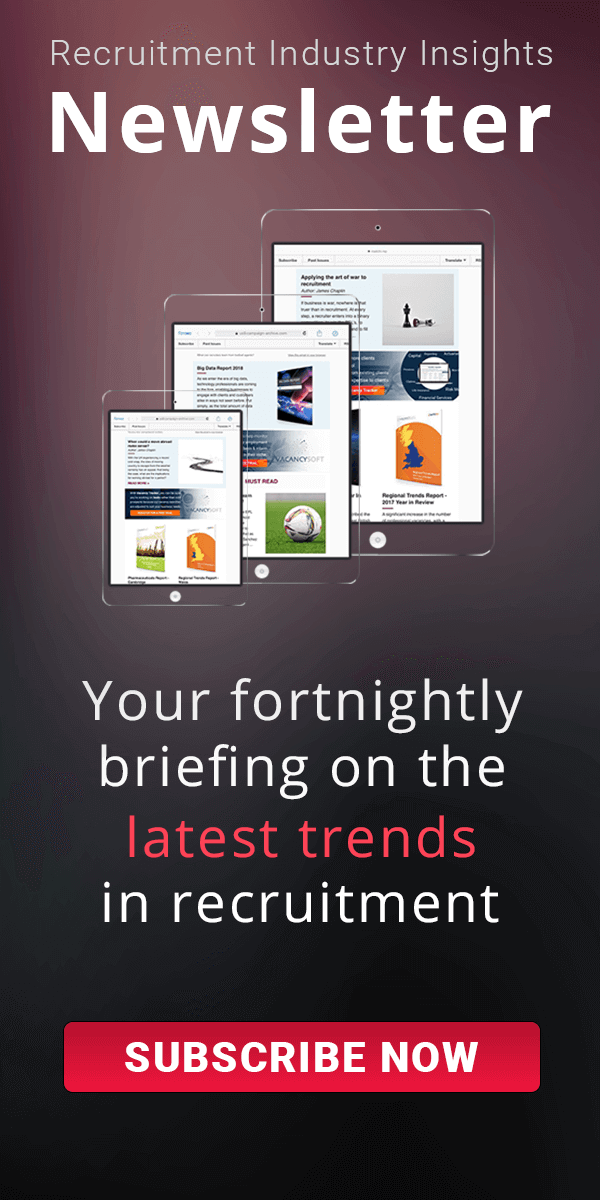
Taking a stand against unconscious
bias can help you stand out
Taking a bold stand against unconscious bias in hiring practices could help your recruitment company stand out against the competition. After all, look at the employer branding of any major company and they will boast a diverse workforce and equal-opportunity hiring policies.
Your role in introducing companies and candidates is a crucial
This is particularly crucial at the recruiter stage as not all companies are as forward-thinking as their job adverts like to claim. According to research, only 39
A lack of uptake in training may have something to do with the stigma attached to bias. But there’s a big difference between admitting unconscious bias and being prejudiced. According to psychologists, unconscious bias is instinctual and isn’t linked to your conscious beliefs about the capabilities of people of a particular gender, age group or race. Even the most professed egalitarians among us will simply tend naturally to trust those who most resemble us.
Interestingly, automating recruitment processes won’t necessarily help either as artificial intelligence tends to develop efficiencies by learning our biases. If even being an unfeeling machine can’t help this unconscious bias, how can we remove it at the recruiter level?
Firstly, if you’re still not entirely convinced that there’s an issue here, take a test. Harvard’s Project Implicit test is a great first step to shake your confidence in your own lack of bias. Before introducing a training programme or policy changes, share this test with your colleagues. It tends to shock most people!
The next step is to start training yourself and your colleagues
Small steps you can take straight away include thinking about the way in which you advertise roles. Does your use of language appeal to any particular groups? This can be especially problematic when it comes to gender. Another particularly useful technique is to introduce standardised shortlisting and interviewing procedures where you have to number score candidates on attributes rather than going with a gut feeling. For some more practical tips, see this Harvard Business Review article.
Author: Larysa Chaplin


